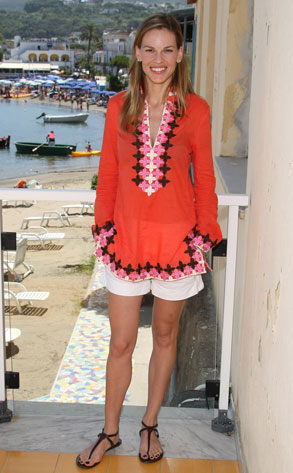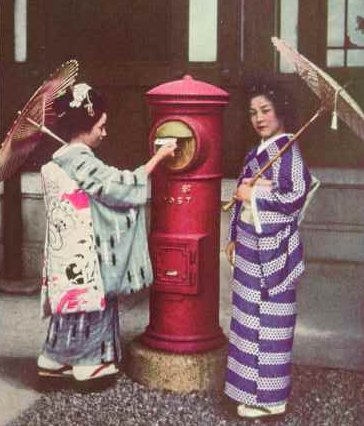Adaptation
The most basic reasons for dressing oneself include: protection, decoration, modesty, and status. In different cultures one’s dress can be affected by gender, age, or social status. Dress can also hold ceremonial uses or be used to enhance sexual attractiveness. (The Visible Self, 2000. Eicher, Evenson, Lutz.) These factors combine to form the thought behind the everyday dress of different cultures around the world, and because of this designers are able to pull ideas from various trends and adapt them to an acceptable western form.
Something that is ethnic is something that has come from the past, and has not changed. Dress is used as a mark of ethnicity that communicates group identity. Ethnicity embraces this group cohesion, which also includes shared language, similar dress, manners, and lifestyle. This sense of ethnicity is not immediate, it is established over time. Some examples of particular garments that have impacted western dress are: the kimono, the dashiki, the hijab.
The hijab, meaning to veil or to cover, originated in the Islamic and Muslim worlds. Both require women to cover everything except their face and hands. The hijab has become a symbol of “Islamic consciousness and has emerged as an affirmation of Islamic identity and morality.” (Wikipedia, 2003.)
The hijab has been adapted to western dress and is see through many variations. Without knowing, women and sometimes men, are wearing their scarves, or wrapping their headdresses based on the hijab’s influence.
 (issmatblog)
(issmatblog) The dashiki, which originated in Africa, is another garment that has influenced the west. is a colorful men's garment that covers the top half of the body. Traditional female attire is called a caftan. A common form of these two garments is a loose-fitting pullover, with an detailed V-shaped collar, and an embroidered neck and sleeve line.


The dashiki has been modified to western dress by almost every designer. When making the garments designers typically make the western style tunic somewhat form fitting, with patterns a little more tame than that of the dashiki and the embroidery not being as detailed.
Asia influences western dress more than we realize. The kimono is possibly the most recognizable garment originating in Asia. Kimono's are long t-shaped garments that brush the floor. Kimonos are wrapped, left side over right, and are held in place by a belt. Designers have adapted the printed flowers of kimonos to western dresses, along with the structured shape of the garment. The high-waisted belt could have also been taken from Asian dress.
Media has influenced people around the world, in that through media people that may never travel from their home country are influenced by international dress. Designers now travel all over the world, see styles they love, and adapt them to western dress.















